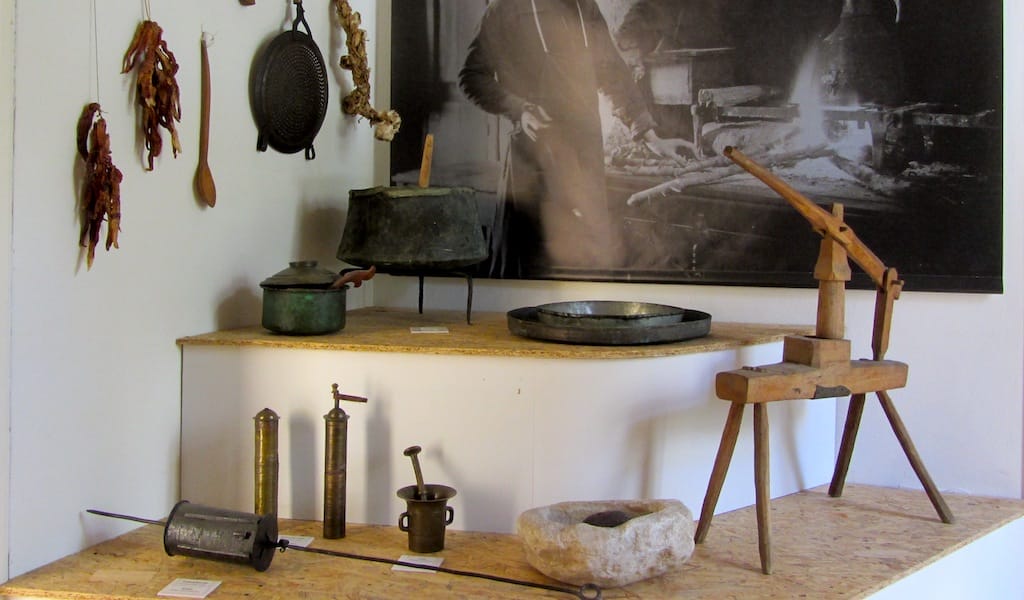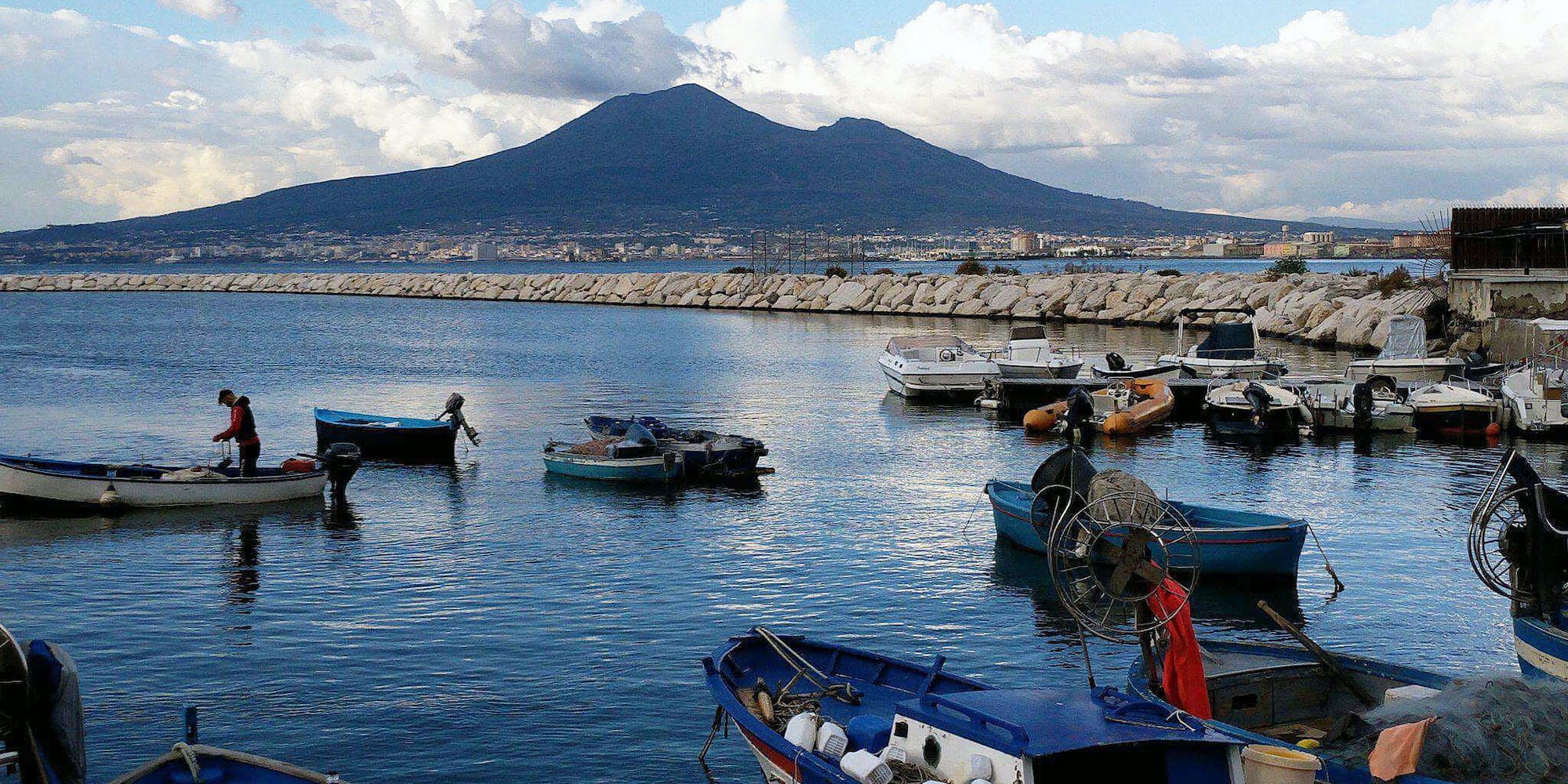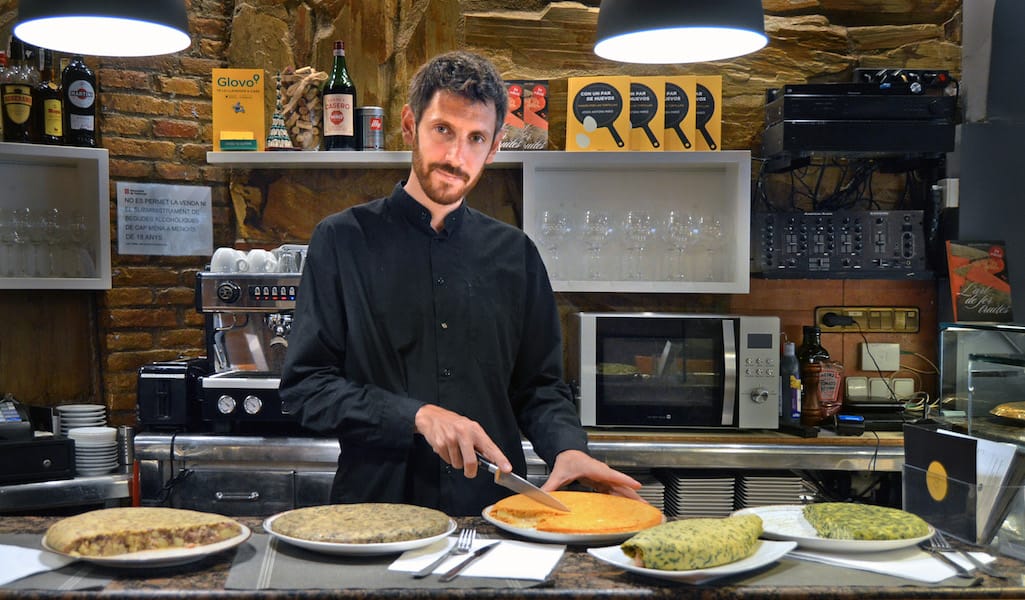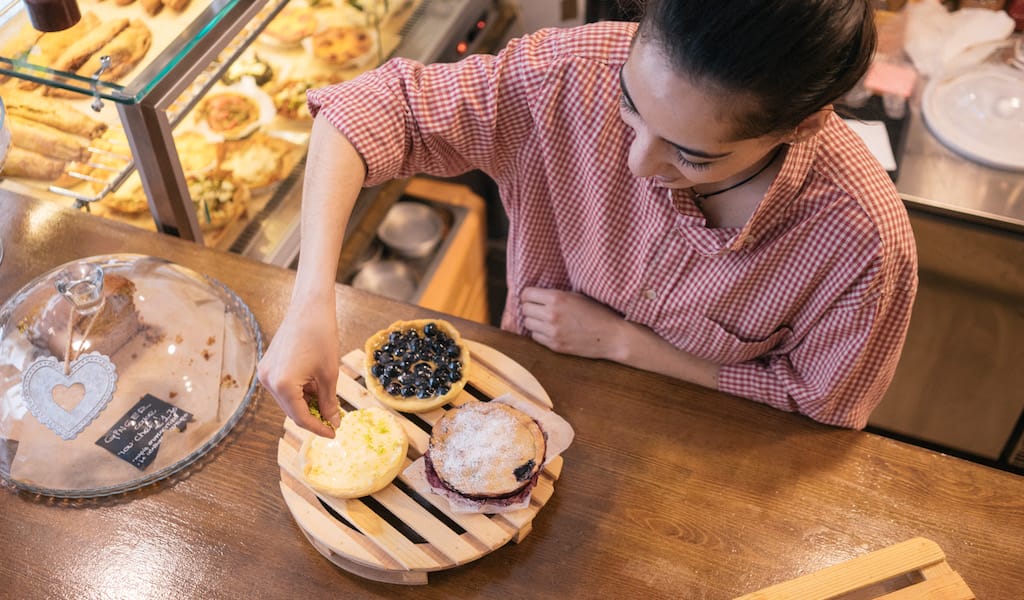Editor’s note: We’re sad to report that the Gastronomy Museum has closed.
In June of this year, a new museum joined the roster of cultural institutions in Athens and is the first dedicated to Greek gastronomy. There may be others where you’ll see ancient cooking pots and serving vessels or rustic farming implements and kitchen equipment from bygone eras, but they’ll only be a small part of a general archaeological or folkloric collection. And how often will eating and drinking be a key part of your experience?
For its debut exhibit, the young (20-something) founders of this unique center have chosen an unlikely subject: the products and cuisine of Greek monasteries and nunneries. In case you think religious communities subsist on bread and water and devote their days to prayer and meditation, you’re in for a surprise. Across the country, from Mt. Athos to Crete, monks and nuns are increasingly involved in agriculture, often organic, and sell their honey, wine, olive oil and a host of other condiments to support themselves. And although they rarely eat meat, they have a reputation for eating very well – even if piety prohibits them from relishing the pleasures of the table the way we do.
Quite by chance, we picked opening day to drop by the new museum, which is housed in a delightful, painstakingly restored late-19th-century mansion off Athinas, five minutes’ walk from the Central Market. “Museum” is perhaps a heavy word to describe it. The delicate paintings on the ceiling draw the eye upward, giving each room a different atmosphere, and there are only a few rooms, so don’t imagine you’ll get a backache. Apart from those showing scenes from monastic life with blown-up photographs as backdrops for, say, a wooden winepress, clay beehives, kitchen utensils – like a fascinating early macaroni machine – copper pots and ceramic bowls, there is one devoted to the products themselves. This is more than a display – it’s also a shop, so you can pick up a bottle of raki from Toplou monastery in eastern Crete, oil from Agia Triada near Chania or rose petal jam from a monastery outside Corinth, just to cite a few examples.
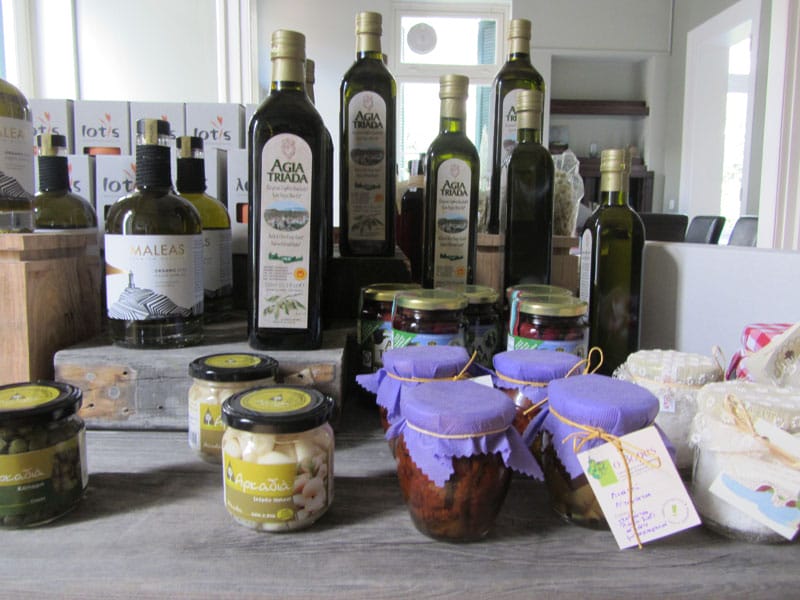
For us, the pièce de résistance was of course the courtyard/restaurant – a sanctuary of repose shaded by large white umbrellas and bordered by potted plants and fragrant herbs. There you can have a coffee, a drink with snacks (mezedes) or a full meal inspired by the exhibition. On opening day, this proved to be an incredibly tasty cod baked with caramelized onions, an eye-opening eggplant pie with rice, delectable whole wheat/olive bread, and a salad of black-eyed peas. Dessert was traditional halva (semolina pudding) laced with a very nontraditional, sinfully rich butter sauce that turned this common sweet we usually decline into a decidedly “moreish” confection.
Over lunch, one of the museum’s four founders, Konstantinos Matsourdelis, explained how the project got started and what he and his team have planned for the future.
“After I finished university in Lancaster [England], where I also set up a Greek restaurant with a chef friend – in a neoclassical building very much like this one, actually – and after I got my military service out of the way, two other friends, my sister, Alkioni, a designer, and I began looking at what was missing in the Athenian cultural scene. We came up with this idea. Its original name was Gastronomia, from Alpha to Omega, and it won a competition sponsored by Eurobank that entitled us to join an incubator program called EGG – Enter, Grow, Go – to encourage new ventures. There we had seminars led by business professionals, very different from the academics who taught us at Lancaster, on marketing, branding, strategies, etc. And we had a mentor, one of the higher-ups in Korres [the highly successful natural cosmetics company], who gave us insights we in our 20s could never have possessed.”
In a sense, the museum is a product of the “crisis,” because programs like this to help young people get started never existed before.
“As for the building,” Konstantinos went on, “one of our professors let us have it at a very reasonable rent. He bought it after the ’99 earthquake and restored it but never did anything with it. It had been empty for years so we had to put in quite a lot of work ourselves. For us, it’s perfect, right in the heart of the food district, exactly where we wanted to be.”
The museum is located equidistant from the Varvakeio Central Market and its adjacent fruit and veg stalls, the spice emporiums of Evripidou Street, and the cafés and eateries of Psyri, Athens’ buzzing answer to Greenwich Village. As Konstantinos said, young people pass by night and day, so he and his team hope it will become a hangout for them as well as a destination for tourists and older Athenians interested in their culinary heritage.
To encourage them, the Gastronomy Museum is shut only one day a week, Monday, and serves coffee from 10 a.m., meals from noon to 9:00, and drinks until after midnight. Some of the activities planned include showings of films with a food theme, such as Babette’s Feast or Politiki Kouzina (aka A Touch of Spice), cooking lessons for adults, food-related events for kids, talks and book presentations. They also plan to change exhibitions a couple of times a year, to highlight cooking from different periods or regions – Macedonia being next – while the menu will change accordingly. Though always traditional, it will incorporate occasional contemporary “tweaks” and variations from week to week.

While none of the other founders was present, two team members showed me around (not at the same time). Naya Melissinou, the only one of the group not in her 20s, has a very distinguished pedigree as a former director of Archestratos, a dining society dedicated to exploring Greek culinary traditions, and as a taster for Athinorama, the city’s Time Out, whose reviews are often crucial to a restaurant’s success. She brings her vast knowledge of the roots of Greek cuisine and contemporary experience to the project. Niki Papalexopoulou, on the other hand, is a recent graduate in literature, and “is in love with life stories, which somehow are always related to food and recipes with women.” She pointed out a wall of framed shallow boxes in one corridor that held some of the ingredients for dishes on the menu, along with their recipes in Greek and in English. “A device is embedded in them so that you can record them in your smart phone or, failing that, at least photograph them.”
With so much to do and see in such a small place, the new Gastronomy Museum deserves a slot on your agenda; make sure you taste some of chef Dimitris Vassilaris’s delicious cooking.
Published on August 15, 2014
Related stories
April 15, 2024
Trips-Page-TestNestled between Europe’s most volatile volcano, Mount Vesuvius, and the sparkling blue waters of the Mediterranean, Naples is a city of vivid beauty and intense street life, where a rich and deeply layered history is matched only by the local – and now world-famous – cuisine. This is a city of multitudes, and one which…
April 1, 2022
BarcelonaAlthough it would seem that much of the world imagines the inhabitants of Spain subsisting largely on paella, the truth of the matter is that it is the tortilla de patatas (truita de patata in Catalan), also known as tortilla española in some Spanish regions, that really holds the place of honor in the hearts…
June 20, 2018
AthensThe humble pie is perhaps one of the world’s oldest street foods. A quick survey of global food history finds pies everywhere, from East to West, mirroring the local ingredients, agricultural practices and dietary needs of different cultures. In Greece, pies certainly go way back. There are a few references to pie-making during the Minoan…







































